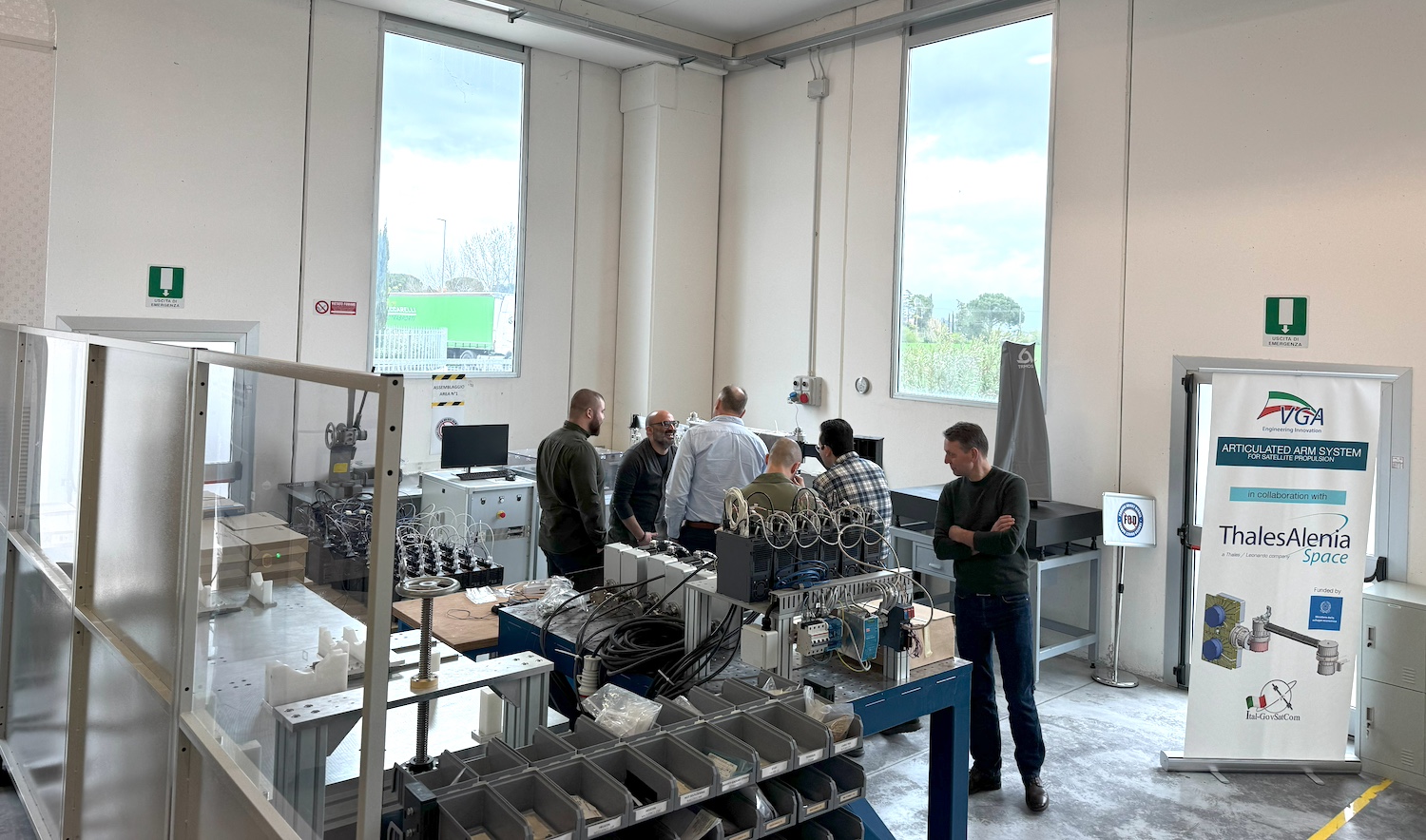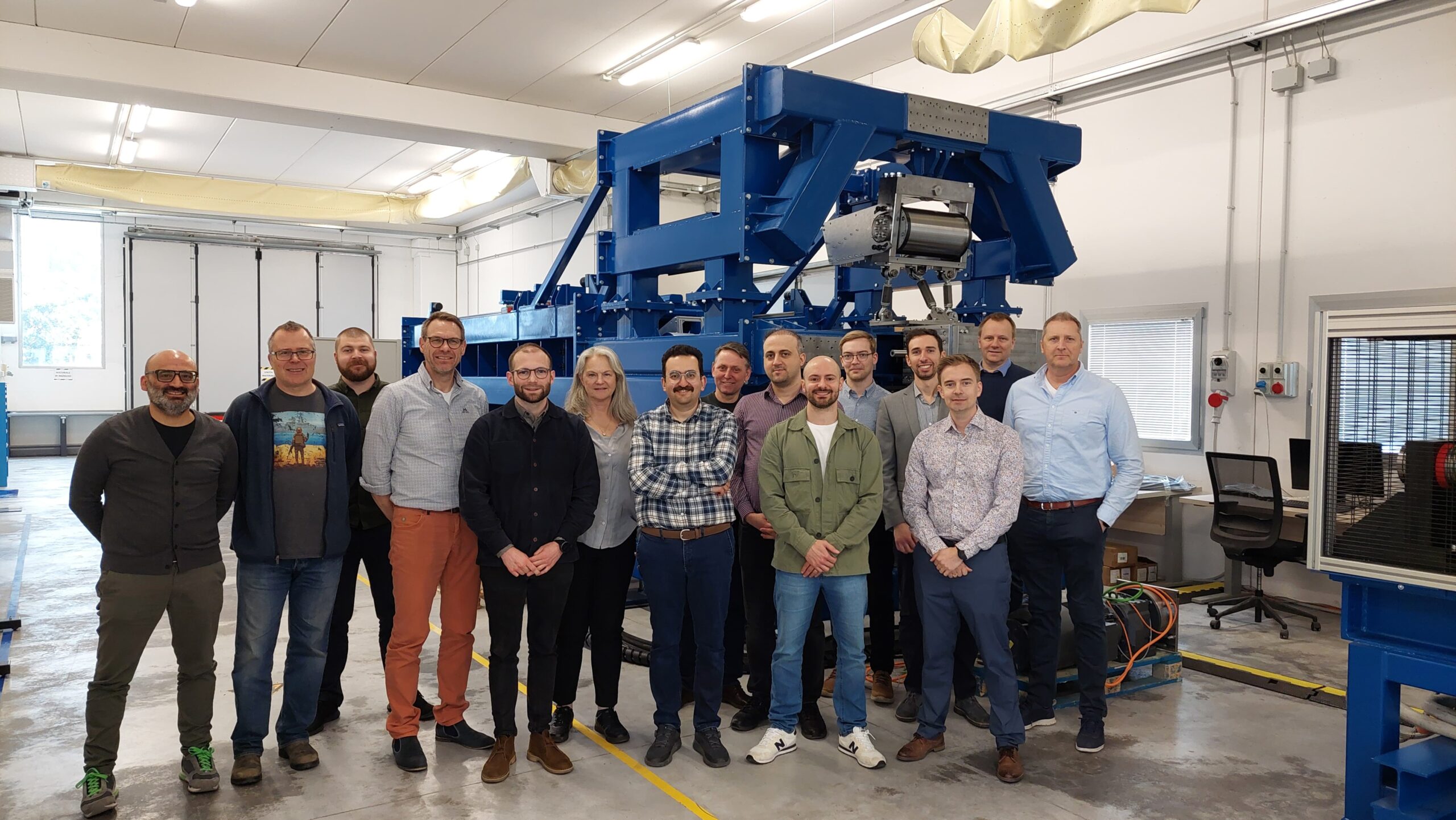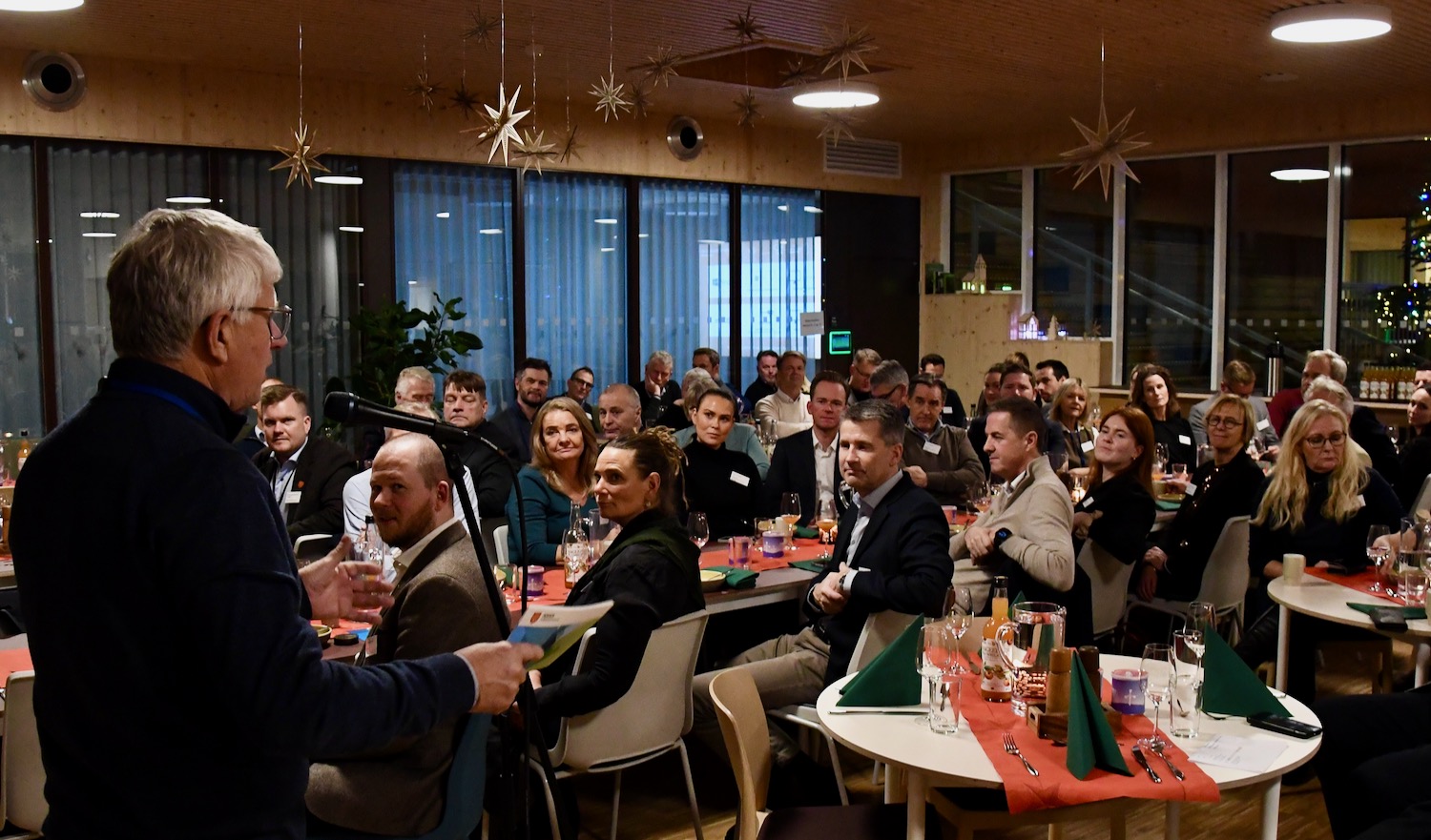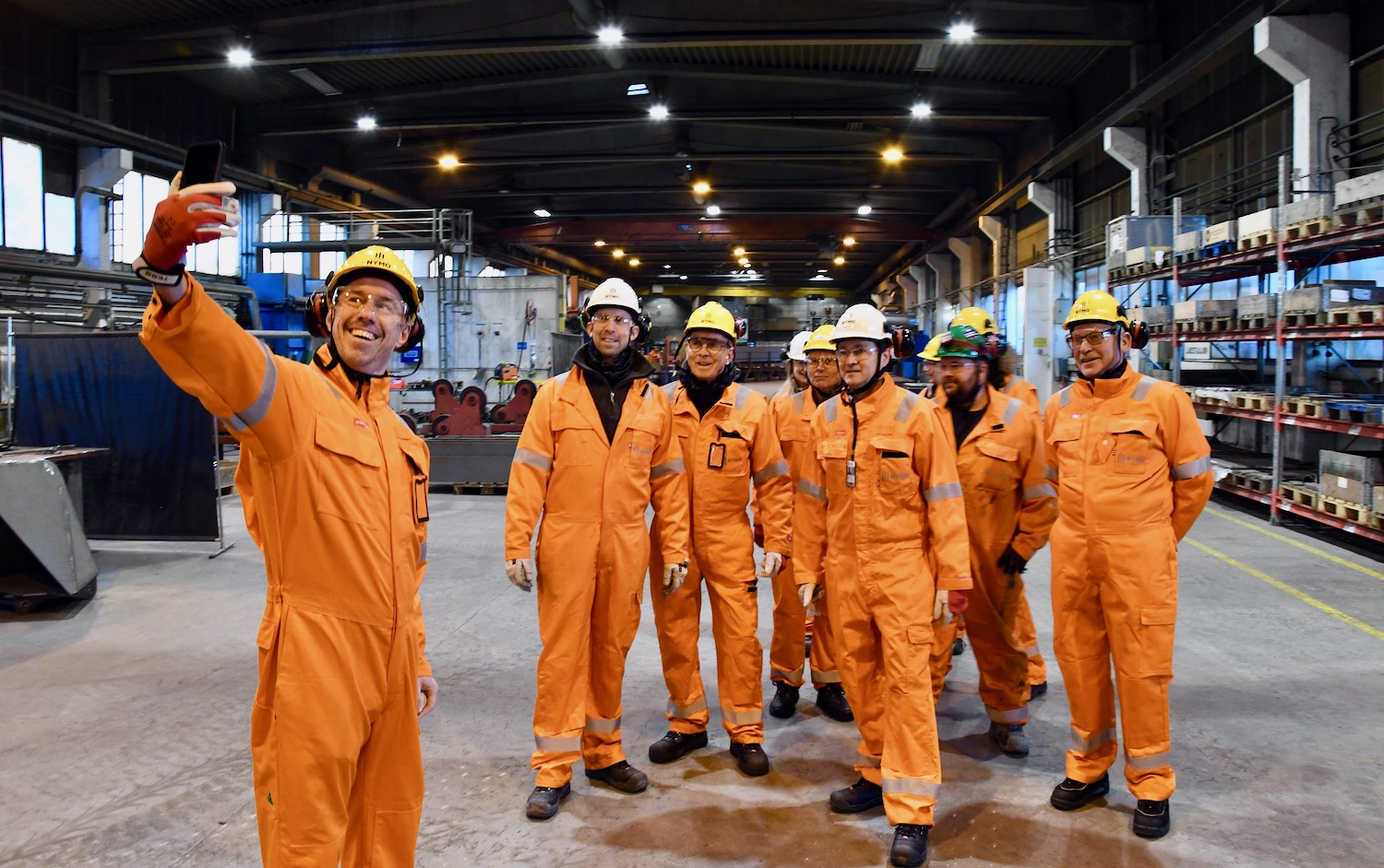“We are providing state-of-the-art tribocorrosion and multidegradation qualification test methods and guidelines for materials and coatings used in the many critical offshore and offshore renewable energy components,” says Christian von der Ohe, RD&I Manager at GCE NODE.
At the end of March, he attended a consortium meeting in Italy, marking the halfway point of the project. Hosted by project partner VGA S.r.l., the two-day session focused on advancing test plans for multi-degradation rigs, harmonizing workflows and materials focus with industry partners, and kicking off Work Package 5, which will create new guidelines on material testing and validation.
MORE (Next Generation Marine Materials for Resilient Offshore Renewable Energy Devices) proposes the creation of a new robust methodology with improved tools for material selection and validation to harmonize testing procedures capable of generating the next generation of materials for offshore renewable energy devices, to overcome the present energy and environmental challenges.
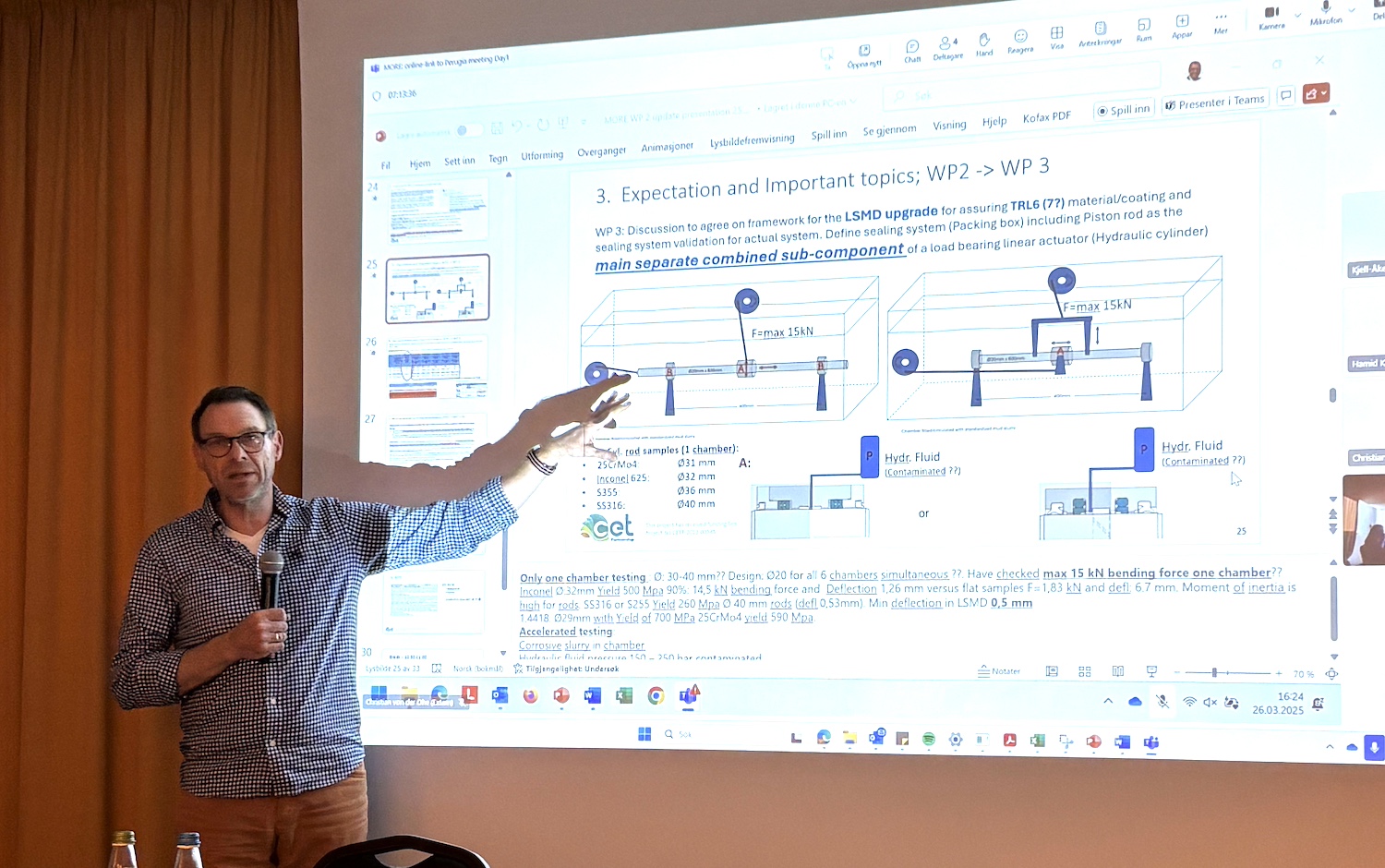
MORE will demonstrate a multi-degradation validation pathway for materials and subcomponents to be used as a case study in the offshore renewable energy sector. While innovative offshore renewable energy device technologies are gaining popularity, operating them in harsh marine environment is a complex and challenging process that jeopardizes the deployment of these very important technologies for the future generations.
MORE is a 3-year project bringing together a strong value chain from four European countries (Sweden, Norway, Denmark, and Italy) including research and innovation partners, technology developers, and actors in supply chain and validation.
“We are already envisioning continued collaboration and advancements beyond the MORE project timeline,” says von der Ohe.
SURVEY: Results of the MORE-CETP project survey
READ MORE: MORE-CEPT website :: MORE-CETP on LinkedIn
